
Announcing the Winners for our 2019 Dewey Awards!
This year, for our 3rd annual Richard Dewey Awards, we were so honored to have received such amazing, touching, inspirational submissions. Close to 75 stories about how teachers have made a difference were shared with us. The caliber of submissions made selecting our three winners a very challenging task for our panel of judges.
And the 2019 Dewey Awards go to…
In no particular order, here are the winning stories that will receive the $1000 grants that will be given to a charter school of their choosing! Read these three heartwarming stories about teachers who have truly impacted the lives of their students.
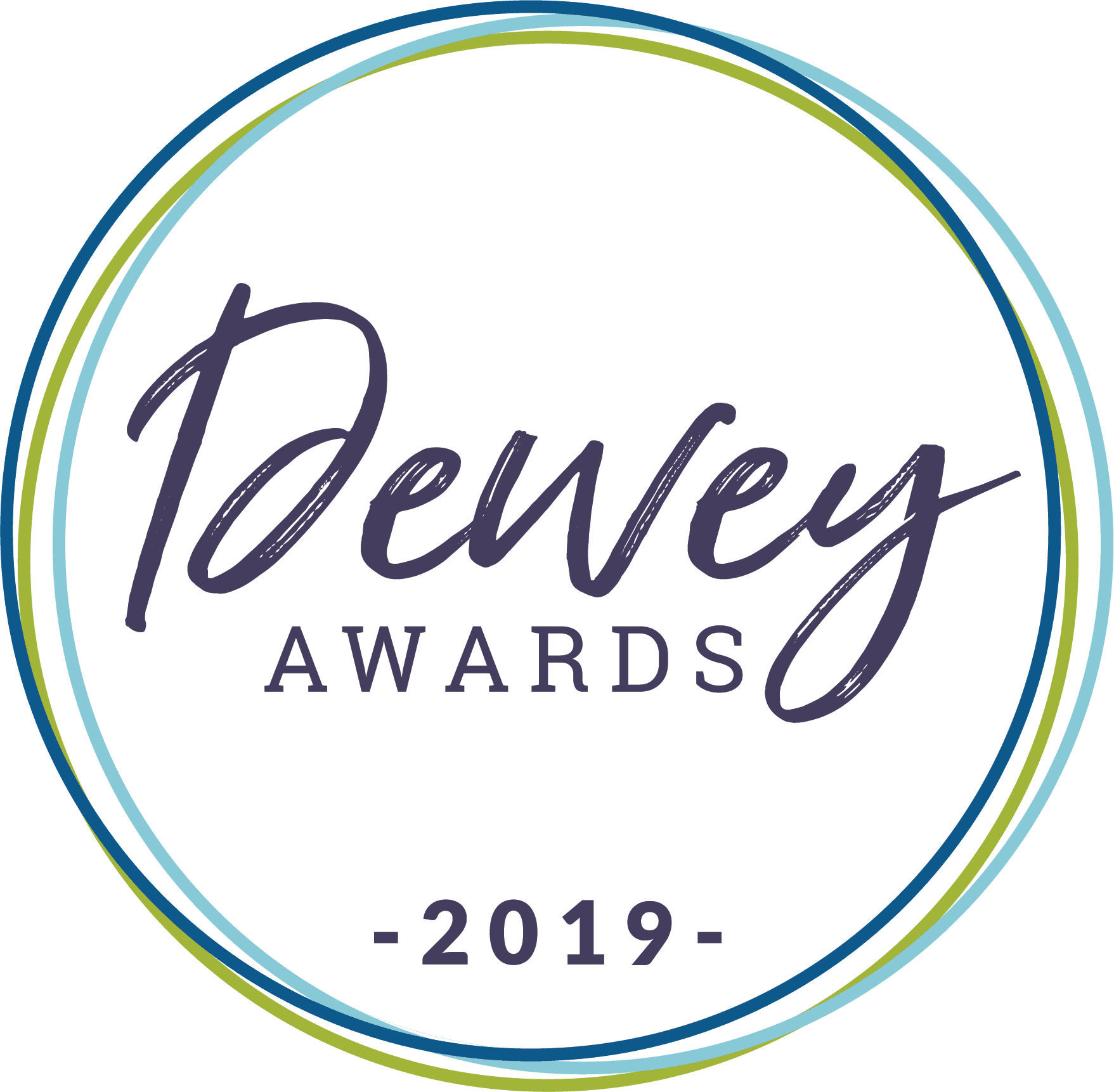
Teacher: Joshua Curry
Subject: History and Social Studies
School: Options Charter School Noblesville,
State: Indiana
Submission from: Conner Reiff
“How has Joshua Curry impacted my life?
Prologue
To answer this question, allow me to review the two previous years of my life. I had been told that I had ADHD, but in 6th grade, I had actually become seriously ill with Narcolepsy with Cataplexy. I was put on homebound restrictions through my previous school for almost two years. Having to do online work was not fun and sometimes I fell asleep halfway through my work! Sometimes I fell asleep for weeks at a time! I was put into a clinical trial for a medication where I had to frequently fly to California. Then I had to be seen by the top research doctor at Stanford University because I was still sleeping so much. It was there that I was also diagnosed with Klein-Levin Syndrome, a very rare sleep disorder. I have no idea how, but I somehow survived through those painful two years on an online school and traveling. After successful medical interventions, my homebound instructor suggested Options Charter School in Noblesville, Indiana. Today I am a successful student at Noblesville Options Charter School. Let me tell you about one of my teachers, who has made it his mission to ensure my success in school.
—————————————————————————
Actual Story
The school I am at now, Options Charter School, has put me on a brighter path by inspiring the student in me to wake up (no pun intended) and to be free. Regardless of my disorders, I am able to function at school and complete my work every day, sometimes with no homework at all!
The one teacher who helped me through a lot of this was my social studies teacher, Joshua Curry. He had some secondhand experience with Narcolepsy and it came from a surprising source! My family and I attended the Center for Courageous Kids in Scottsville, Kentucky. There I met other children who have narcolepsy including one of Josh’s school friends named Nick who had a daughter with the same type of narcolepsy as me! Nick tutored Josh on every possible important thing for a narcoleptic like me. He taught him the wants, needs, and level of care needed to help. Josh then suggested extended time for assignments, minimal homework, and that the goal was to help me succeed with whatever it took. Over a short period of time, Josh became not just a teacher, but my best friend and someone who cared for me. He came to my awards ceremony for the community project I had done. He even spoke at the ceremony despite his nervousness toward the thought of public speaking! He even drove me back to school afterward and bought me a giant-sized Dr. Pepper when we stopped at Speedway! We laughed all the way back! It was the best day of my life!
Josh has always had my back and he gives me somewhat ridiculous deadlines for school assignments. When I bring this up, he would say, “Just take the two weeks, Connor. Besides, it’s only just in case you fall asleep.” We would both laugh for a while after that and then I would go on to my next class. Every day at school I wish one thing for myself, “I wish to be in Josh’s classroom all day, every day!”
The reason that I like his classroom so much is because when I was undergoing treatment, I read a lot of historical articles, books, and movies. In the classroom, he makes history relevant and interactive. He uses constant hilarious dark humor that keeps my mind engaged. He engages the students by demonstrating that he is an authority about each topic. It makes me ask questions about the sequence of history.“History is not wrong unless you record it wrong” is one of his favorite quotes. He has many books in his classroom for different perspectives and time periods. This allows me to gain historical knowledge and draw my own conclusions.
There isn’t a teacher more deserving of being recognized than Josh Curry. Often times, charter school teachers are not recognized for helping individual students and for the good that they do in the world. Thank you for the opportunity to nominate Josh Curry. He is most deserving of this national honor!”
 Teacher: Betty Williams
Teacher: Betty Williams
Subject: Academic, 2nd Grade
School: Frostproof Elementary School
State: Florida
Submission by: Mary Milton
“In loving memory of Mrs. Betty Williams:
As a first grade student, I hated school. I couldn’t read in first grade and everyone knew it. My first-grade teacher told me that I wouldn’t amount to anything because I couldn’t read and she wasn’t very pleasant or patient with me. I didn’t want to go to school. That all changed when I started second grade and had Mrs. Betty Williams as a teacher. Mrs. Williams was an older woman that had taught for years. She had a sense of calm that every student should encounter in a classroom. Mrs. Williams genuinely cared for her students and took the time to know each of us.
I remember the day I cried to her about not being able to read. She told me that I may not be able to read today, but she promised I would be able to read. Mrs. Williams patiently worked with me, she met with my mom and tried different strategies to help me read. One day, she moved my seat closer to the front of the room. I was able to see the board a little more clearly, but still not perfectly. I had never told anyone that things were blurry to me, but Mrs. Williams noticed that I was squinting and trying to figure out words on the board, that is why she moved me closer. When she requested a meeting with my mom I thought she was going to tell my mom the same thing my first-grade teacher told me. Instead, she told my mom that she thought I should have my eyes checked. We were a very low-income family and my mom told her she didn’t know if she could afford to take me to the eye doctor, but would try to get me in as soon as possible.
Mrs. Williams gave my mom her eye doctor’s name and told my mom to take me there and she would take care of the bill. I remember the doctor telling my mom that I needed glasses, I was far-sighted and had astigmatism. I was so proud when my glasses came in and begged my mom to take me by Mrs. Williams’s house so I could show her my glasses and tell her that trees had leaves now, not just blurry blobs. She didn’t mind that we stopped by her home after work and was so happy to see me smiling with my glasses on. Mrs. Williams continued to work with me on reading and I stayed in contact with her after her retirement. Her caring personality, her patience, and her observant eyes helped me believe in myself, taught me how to read, allowed me to see, and inspired me to become a teacher.”
 Teacher: Chantal Haskell
Teacher: Chantal Haskell
Subject: Drama, Strings, Choir
School: Greenville Technical Charter High School
State: South Carolina
Submission by: Savannah Cannon
On my first day of freshman year, I was scared out of my mind. I didn’t really want to go to Drama Class, because I knew I would be the only freshman in Drama 2. I came inside and sat down on the third row. I was encouraged to come sit on the front row with my six other classmates and reluctantly agreed. We instantly started introductions, but Ms. Haskell didn’t do it like any of my other freshmen teachers would. We were asked about our summers, and Haskell showed us pictures from her wedding. We started improv, and I quickly became very aware of the energy in the room. My upperclassman classmates were performing scenes about babies in blenders and crazy things I had no idea how to react to. But Haskell quickly showed me that we were a family and that our family liked to have a lot of laughs.
Within only a couple weeks, I became more and more comfortable in Drama 2 class. With Haskell leading us, it wasn’t only about learning or getting the grade. It was about teaching us things that we would never forget. It was about making friends and gaining relationships I could treasure forever. Every project had a different twist and turn that scared me at first, but always came back, in the end, to teach me a bigger lesson.
Ms. Haskell wasn’t only teaching us inside of her classroom either. Haskell is the only teacher I have ever met that was brave enough to open up her own home to her students. Over Christmas break, when she should have been thanking God that she didn’t have to deal with us hooligans, she invited us to come bake cookies and spend time together. Haskell was not just a teacher that we sometimes talked to because we felt like we needed to, Haskell was someone I knew I could always come to for advice about anyone or anything.
Only about a month into the school year, auditions were held for Alice in Wonderland. I performed some little monologue about a school play and I loved every little second of my two minutes, but I was scared out of my mind. Only a couple of days later, I received callbacks for the show. I ended up playing the Red Queen, but what Haskell told me just a short 12 hours later would change everything I thought about myself. Before class, she pulled me to the side and told me that she believed I had really good talent and that if I kept working, she knew I would do big things. That statement has stuck with me for over two years now, and I don’t think I’ll ever forget it.
Haskell has continued to teach me things throughout my high school experience. She has worked harder than any teacher I have ever seen. She has given up her after school time four, if not all five days of the week. She has Musical Theatre class on Tuesdays and Thursdays, holds an acapella club for her students on Wednesdays, and stays after school on Mondays so that I can have meetings for our annual Murder Mystery Dinner, and so other kids can rehearse lines. She puts in more commitment inside and outside of the classroom than any teacher. She might leave our building with hours of work to do, but you can always count on her to have it done the next day when we return.
When I was having a tough time handling school, sports, friends, and family, Haskell was the only adult I knew I could come to. She never judged me, never looked down upon me. She only gave me the greatest advice and endless support. But most importantly, she just kept on telling me she loved me.
In my opinion, being a teacher is about sacrifice. Sacrificing your time, your effort, and probably sometimes your sanity. Only the best teachers truly care about their students the way that Haskell does. She is always there for a laugh, but she is also always there for a hug and to be a shoulder to cry on. Haskell is the kind of teacher that you cry about on graduation day because you’re not really sure what you’re going to do without their smile, support, and advice every day when you’re gone. Someday, when I become a teacher, I hope to have just as much passion for my kids as Haskell does for hers.
Thank you again to all of those who shared your amazing submissions, we were so very inspired reading (watching) them all!
Our Esteemed Submission Review Panel:
 Darlene Chambers – A national leader in education reform, Dr. Darlene Chambers is the Senior Vice President for Programs & Services at the National Charter Schools Institute, and a review alum from both 2017 and 2018.
Darlene Chambers – A national leader in education reform, Dr. Darlene Chambers is the Senior Vice President for Programs & Services at the National Charter Schools Institute, and a review alum from both 2017 and 2018.
 Janet Johnson – Chief Growth Officer at Charter School Capital and internal teacher/ inspiration officer herself (though she’s too humble to admit it), Janet is a review alum since 2017.
Janet Johnson – Chief Growth Officer at Charter School Capital and internal teacher/ inspiration officer herself (though she’s too humble to admit it), Janet is a review alum since 2017.
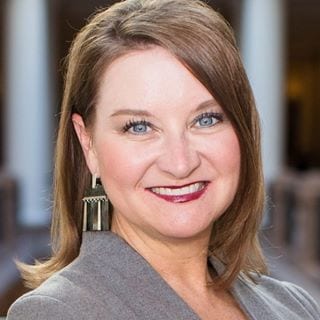 Amanda List – Amanda is a principal of AList Consulting and served as Texas Charter School Association’s first director of advocacy. Amanda has extensive state government affairs and public charter school experience including strong ties to the Texas Capitol and the Texas Education Agency. We welcome Amanda as a first time review panelist for the 2019 Dewey Awards.
Amanda List – Amanda is a principal of AList Consulting and served as Texas Charter School Association’s first director of advocacy. Amanda has extensive state government affairs and public charter school experience including strong ties to the Texas Capitol and the Texas Education Agency. We welcome Amanda as a first time review panelist for the 2019 Dewey Awards.
 Juana Garcia – With more than 25 years of experience in education, Juana is the Founder of three Montessori Charter Schools and has served as a Magnet Lead Teacher, the Educational Excellence School Advisory Council Chair and United Way Ambassador. We welcome Juana as a first time review panelist for the 2019 Dewey Awards.
Juana Garcia – With more than 25 years of experience in education, Juana is the Founder of three Montessori Charter Schools and has served as a Magnet Lead Teacher, the Educational Excellence School Advisory Council Chair and United Way Ambassador. We welcome Juana as a first time review panelist for the 2019 Dewey Awards.
If you missed this year’s submission window, but still want to share your story and honor a special teacher outside the awards program, post it on social and tag @GrowCharters and use hashtags #WeLoveCharter Schools and #DeweyAwards and we’ll share it on our social platforms.
 Since the company’s inception in 2007, Charter School Capital has been committed to the success of charter schools. We help schools access, leverage, and sustain the resources charter schools need to thrive, allowing them to focus on what matters most – educating students. Our depth of experience working with charter school leaders and our knowledge of how to address charter school financial and operational needs have allowed us to provide over $2 billion in support of 600 charter schools that have educated over 1,027,000 students across the country. For more information on how we can support your charter school, contact us. We’d love to work with you!
Since the company’s inception in 2007, Charter School Capital has been committed to the success of charter schools. We help schools access, leverage, and sustain the resources charter schools need to thrive, allowing them to focus on what matters most – educating students. Our depth of experience working with charter school leaders and our knowledge of how to address charter school financial and operational needs have allowed us to provide over $2 billion in support of 600 charter schools that have educated over 1,027,000 students across the country. For more information on how we can support your charter school, contact us. We’d love to work with you!




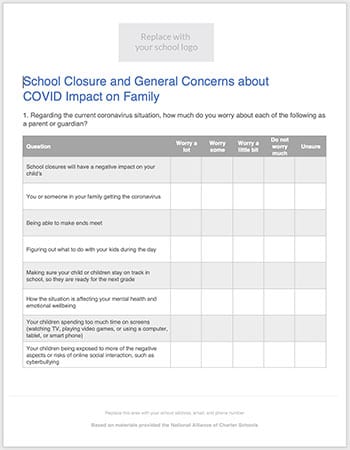
 COVID-19: Case Study in Great School District Communications – A Parent’s Perspective
COVID-19: Case Study in Great School District Communications – A Parent’s Perspective 27th Annual California Charter Schools Conference
27th Annual California Charter Schools Conference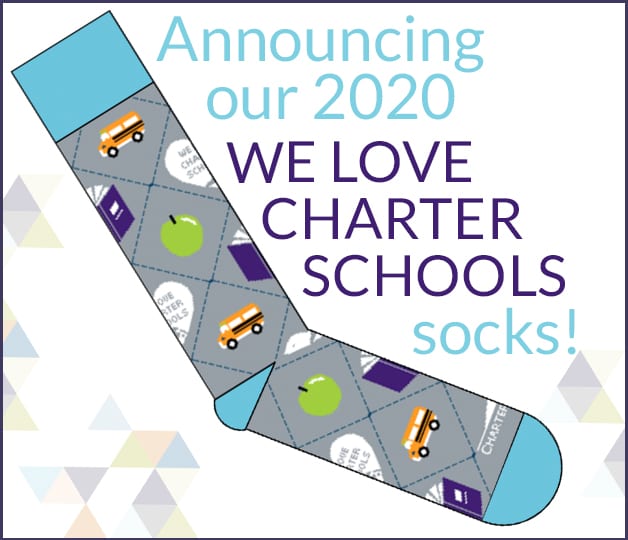

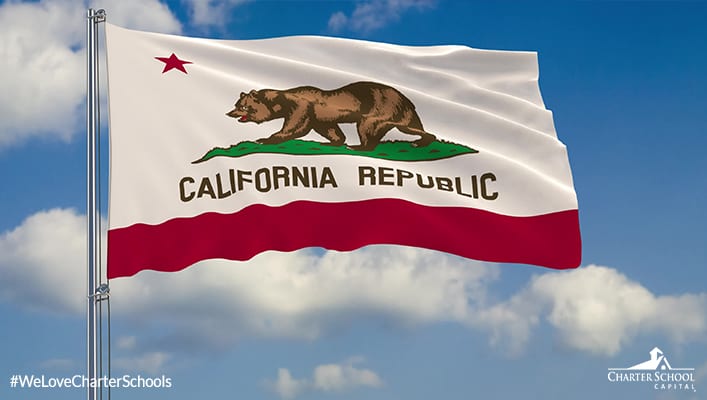 With the year ending, it is time to focus on where the 2020 California Legislature may go on charter schools next year. This year, we saw the passage of AB 1505 and AB 1507 which changed the way that charter schools will be approved and renewed. The bills also put major restrictions on non-classroom based charter schools including a two-year moratorium on their authorization. Finally, AB 1507 placed new limits on where these charters can locate and where they can have resource centers.
With the year ending, it is time to focus on where the 2020 California Legislature may go on charter schools next year. This year, we saw the passage of AB 1505 and AB 1507 which changed the way that charter schools will be approved and renewed. The bills also put major restrictions on non-classroom based charter schools including a two-year moratorium on their authorization. Finally, AB 1507 placed new limits on where these charters can locate and where they can have resource centers.

 Darlene Chambers – A national leader in education reform, Dr. Darlene Chambers is the Senior Vice President for Programs & Services at the National Charter Schools Institute, and a review alum from both 2017 and 2018.
Darlene Chambers – A national leader in education reform, Dr. Darlene Chambers is the Senior Vice President for Programs & Services at the National Charter Schools Institute, and a review alum from both 2017 and 2018. Janet Johnson – Chief Growth Officer at Charter School Capital and internal teacher/ inspiration officer herself (though she’s too humble to admit it), Janet is a review alum since 2017.
Janet Johnson – Chief Growth Officer at Charter School Capital and internal teacher/ inspiration officer herself (though she’s too humble to admit it), Janet is a review alum since 2017. Amanda List – Amanda is a principal of AList Consulting and served as Texas Charter School Association’s first director of advocacy. Amanda has extensive state government affairs and public charter school experience including strong ties to the Texas Capitol and the Texas Education Agency. We welcome Amanda as a first time review panelist for the 2019 Dewey Awards.
Amanda List – Amanda is a principal of AList Consulting and served as Texas Charter School Association’s first director of advocacy. Amanda has extensive state government affairs and public charter school experience including strong ties to the Texas Capitol and the Texas Education Agency. We welcome Amanda as a first time review panelist for the 2019 Dewey Awards.
